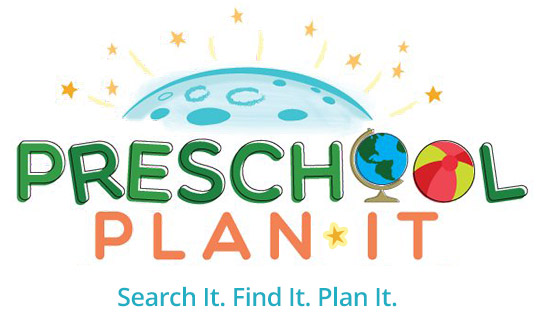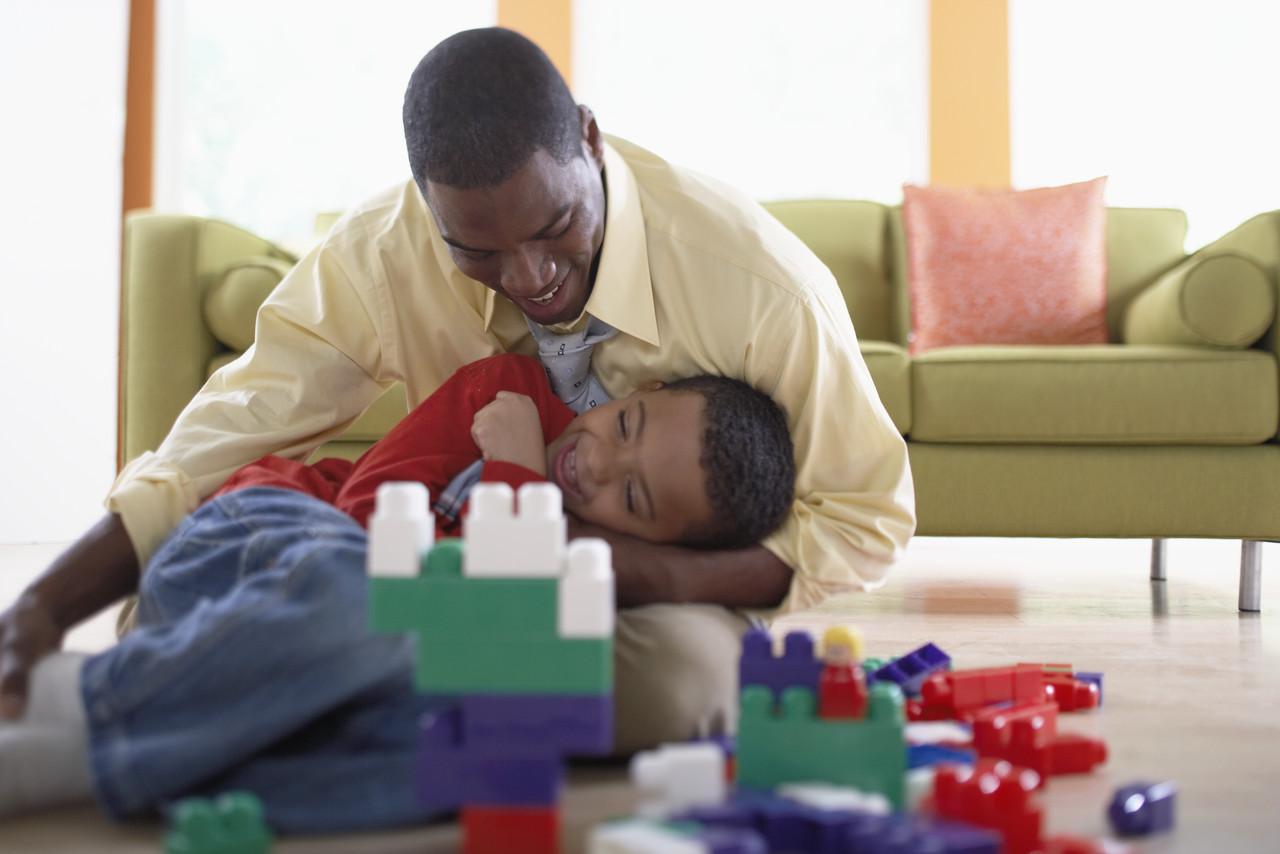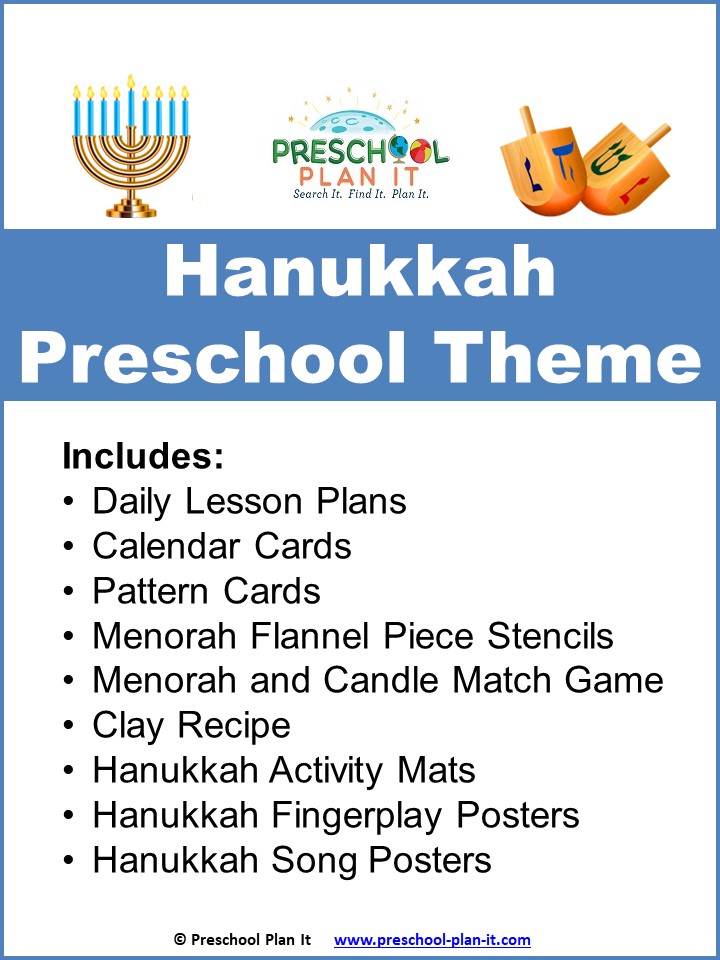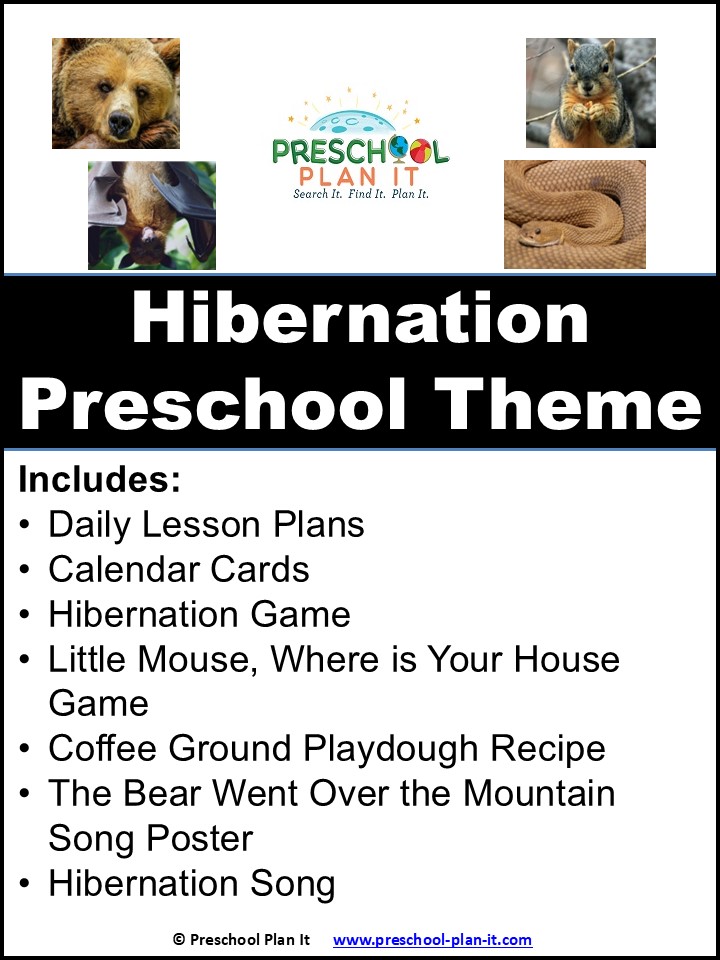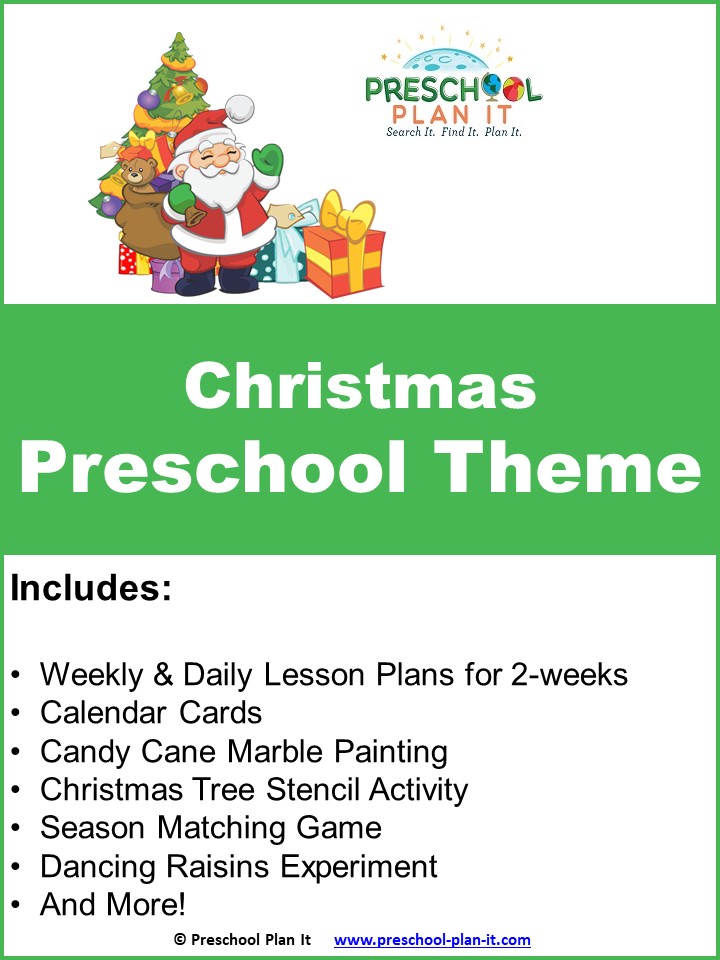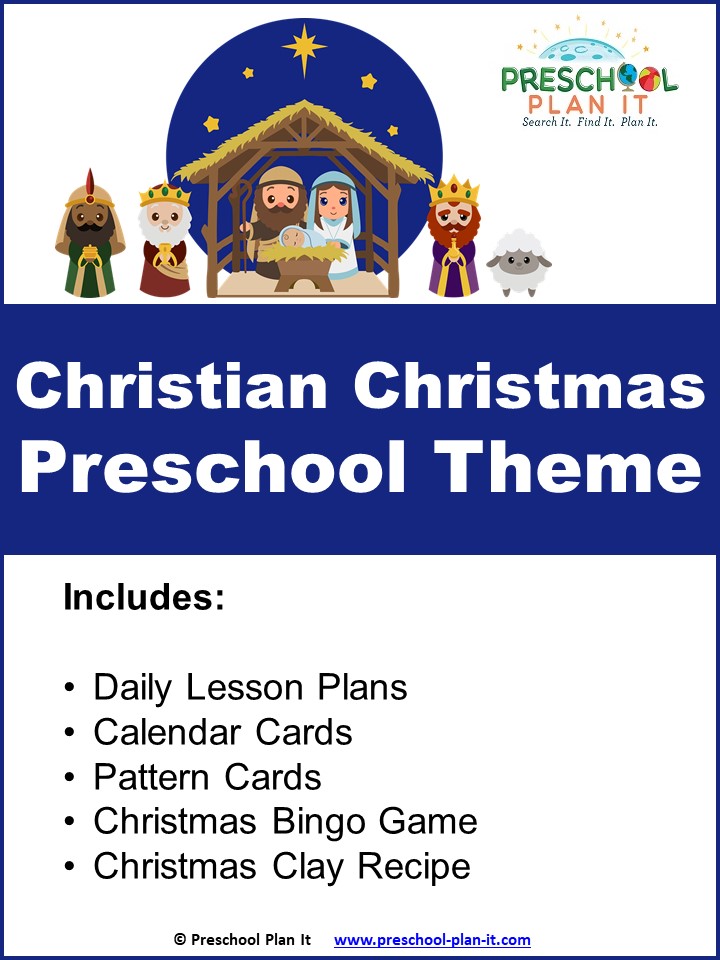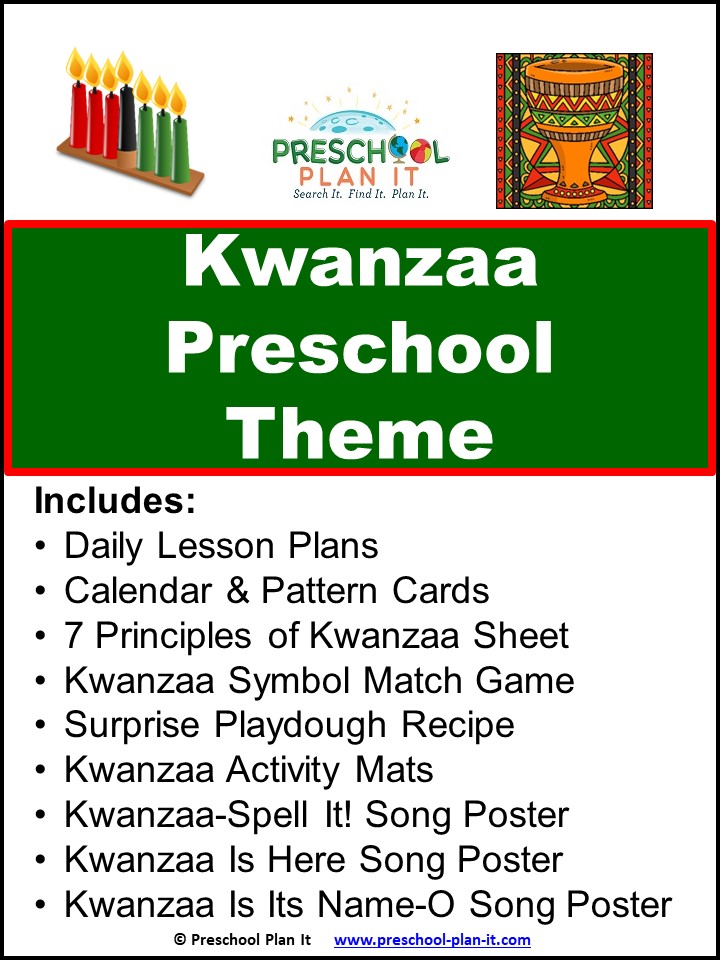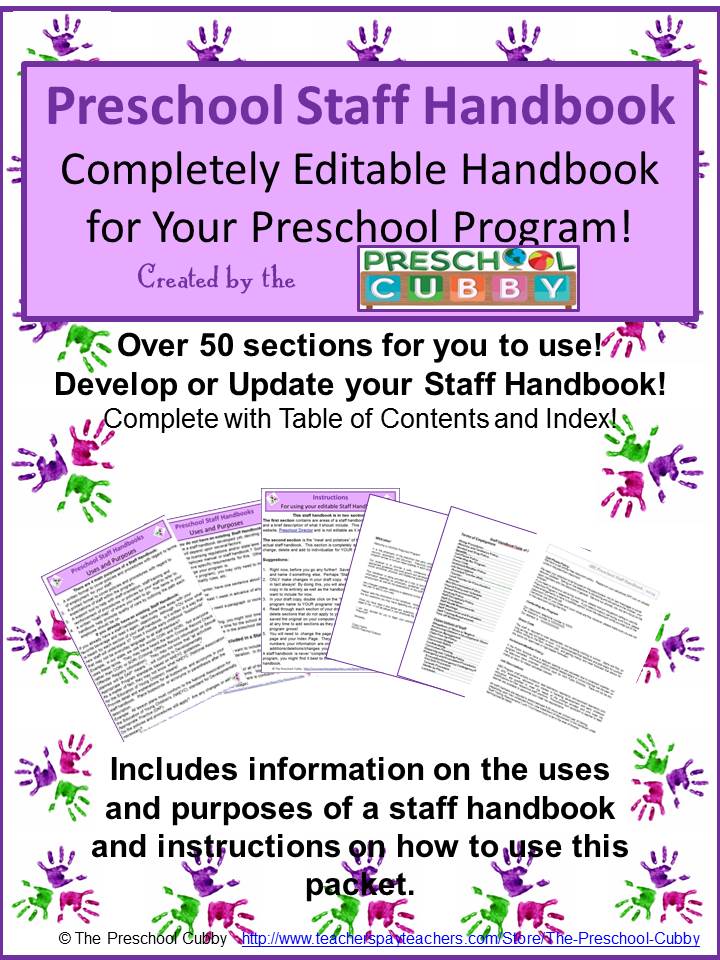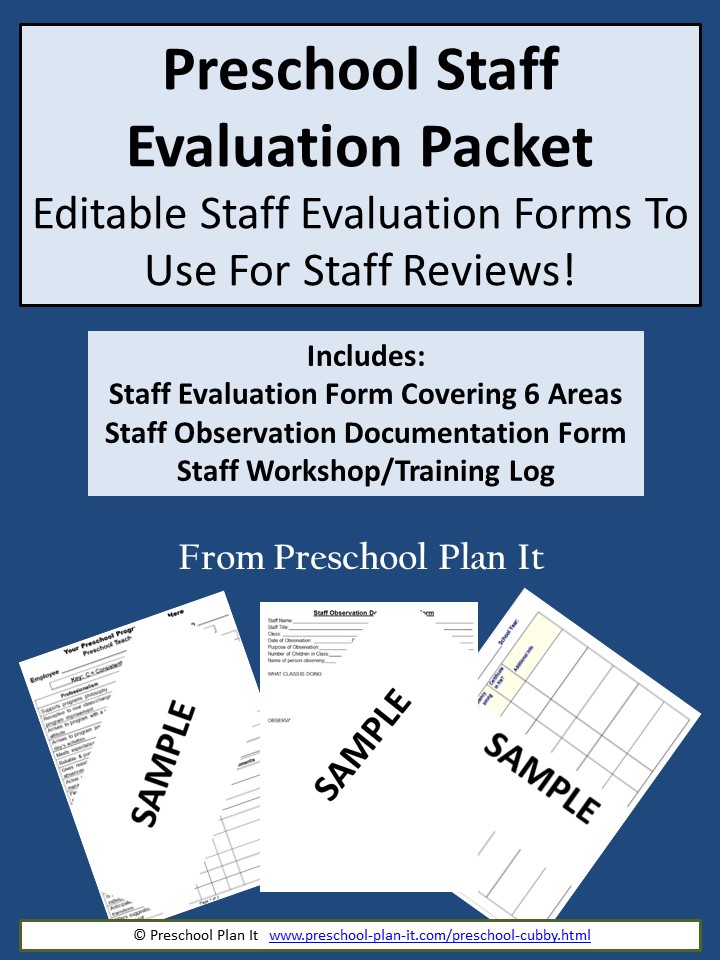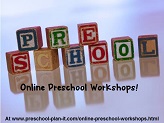- Theme Packs
- Themes
-
Preschool Planning
- Preschool Teachers
Behavior Management in the Preschool Years


The phrase behavior management has changed.
It is now referred to as Behavior Guidance. Why the change?
Management refers to our ability, as the adults in the room, to control another's behavior whereas guidance refers to our ability to help other's manage their own behavior.
There are many strategies you can employ in your classroom to help children self-regulate their behavior.
Environmental Effect on Behavior
According to Merriam Webster's Collegiate Dictionary Tenth Edition, behavior is "the response of an individual, group or species to it's environment."
When we are designing our classroom behavior management plan, we must always be aware of how the environment impacts the children in our care. Our classroom design will have an impact.
The physical environment must not be too cluttered, too bright, too noisy, or too stimulating, but must be stimulating enough. The social and emotional environment must be nurturing and respectful of children, their families and their culture.
According to research, behavior is a means of communication. When children exhibit challenging behaviors they are trying to communicate something. They are trying to tell us about an object, a person, or an preschool classroom activity they want or don't want. Our job is to figure out what they are trying to communicate and help them find a better way.
We need to observe and act accordingly. If children are running in your classroom and you feel that the environment is not a contributing factor, redirect the children. This should not be punitive. It is simple.
"Please walk inside. We'll run when we are outside. Let's choose a fun activity to do."
Or you might find that certain toys stimulate some groups of children too much. We had some large dinosaurs in our classroom. Every time I got the dinosaurs out the children were pretty wild. They chased each other, screamed, growled etc.
Then one day when I was trying to think of something new and different to take outside, I thought of the dinosaurs. Perfect! My point is that sometimes we have to think about the role the materials play in our classroom behavior management plan.
Behavior Management Problem Solving
Outside time can be a tough transition time. Every now and again you will have trouble getting all of your children inside from recess. They are having so much fun, they don't want to stop playing. That's a wonderful thing, but can be a real dilemma when it is time to come inside!
The first thing you must realize is this is NOT a contest of wills. It was a matter of the children simply wanting more outside time.
In a case such as this, take time as a group to talk about outside time. Put into place a "5 minute warning" to let them know outside time is almost over. That might be a bell you ring or going to each group of children and telling them "We'll be going inside in 5 minutes". No, they can not tell time but it is about giving them a time warning or pre-notification about a transition.
When the time is up, you might have a final "burn off the energy" activity such as involving them in a race to door entrance or the spot where you all line up.
Stressful Behavior Throughout the Day
If a child seems to get stressed and out of sorts very easily, teach this child replacement behavior. This should be taught at teachable moments throughout the day.
During a stressful situation is not a teachable moment. You can teach the child to take a deep breath and count to four or to hold up a stop sign or go to his or her special calming spot in the classroom.
If a child acts out every day at circle time, check to see if the activities are appropriate for this child. If you find a child acting out when you are teaching the alphabet but not during story or music take this information into consideration in your planning time.
Is there too much happening during Circle Time? Perhaps you can have two large group times rather than one long one. Or, perhaps teach the alphabet in a more hands on way. It might be that the way you are teaching/introducing a lesson is not in line with how the children in your group learn.
Behavior Management Examples
The Last Child Ready
There was a student once who just couldn't be ready to go outside when everyone else was. The teachers observed and realized that this child was very distracted by the other children. They gave her a special place away from the crowd to get ready. She still was not speedy, but did much better.
The Crying Child
Another teacher had a preschooler who cried every day when he had to take off his snow clothes. Upon observation, the teachers realized they were actually putting unintentional pressure on him by saying things like "Let's hurry so we can do XXX". He didn't want to miss the activity and was frustrated. Upon closer observation the teachers realized that he simply did know know how to remove his own winter clothes. Children don't always have the skills we think they have. Don't assume anything.
The Bored Child
In another classroom, there was a little boy who seemed to "bother" the other children immediately after recess. He even went to the table where food was being set out for lunch and made huge messes. The associate teacher was working on lunch and the other teacher was tying shoes etc. (after the removal of boots.) The teaching staff was somewhat perplexed.
As they discussed the situation, they realized that this child had his snow clothes off and his shoes on, before everyone else and was possibly bored. They also knew that this little boy's favorite toy was LEGO. So, from that day on the little guy got his winter clothes off, got his shoes on and went to a special place in the classroom where the LEGO waited for him.
Behavior Management During Transition Times
Plan for transitional times like this during your day. Getting ready to go out is the same. Many teachers have the children line up as soon as their coats are on. They then need to wait for the children who need help. This is a recipe for behavioral line problems.
First, don't have preschool children line up and then wait!!!
I understand you want them "in a line", however, being in a line is quite an abstract thought. Most don't know what it even means to be in a line. Why not just have them gather at a certain place and have a set activity for them while they wait for others. Some ideas might be a bucket of LEGO, or discovery bottles or even books! Once all the children are ready, the materials are put away and the children meet at the door to go outside.
Behavior Management During Clean Up Time
Clean-up time can often be fairly stressful. Some children may not do much. Others are always doing way more than their share. Don't worry too much about this. Work along with the children. Clean-up is one more skill for us to teach. Some children know what to do and how to do it.
Others may need a little encouragement every step of the way. "Get the big truck and load up these blocks please. Deliver the blocks to the shelf. Thank you! What a big load. Do we need to move another load?"
Some days it seems no one wants to clean-up. I usually asked all of the children to come and sit on the circle time rug. Then I asked for volunteers to clean each area of the classroom. Anyone who didn't volunteer just waited on the carpet.
But usually as soon as a friend volunteered to clean a particular area the slackers wanted to join them. Another trick is to gather on the carpet then ask them each to pick up ten toys. Then sometimes another ten.
I am sure you can see repeating behavior management themes here. Observe, look for a child's strengths, don't be punitive, use your wit instead of your power as an adult, be flexible, and teach the necessary skills. It is important that we, as teachers, realize that children are NOT out to get us. :)
More Behavior Management Articles You Might Like:
Go to Preschool Plan It's HOME Page


Hey there! Welcome to Preschool Plan It! I’m Cheryl, a preschool teacher of over 20 years.
I KNOW, I know, you spend hours of time developing your preschool themes, activities and preschool lesson plans each week. You are commited to planning preschool themes and activities that are engaging hands-on, interactive, fun AND meet the goal of supporting each child’s level of growth and development.
I am commited to providing you, the preschool teacher, with everything you need to develop preschool lesson plans and preschool activities for your classroom all in one place!
READ MORE
Join My Free Preschool Teacher Tips Newsletter
You’ll receive a weekly email with planning tips and teaching ideas.
You'll also receive (on the 1st of each month) a free theme starter pack with some printables and activity ideas to get you started planning a theme!Join Now and Get Your First Theme Right Away!
© Copyright 2010-2025 Preschool-Plan-It.com | All Rights Reserved | Privacy Policy & Disclaimer
- Preschool Teachers
